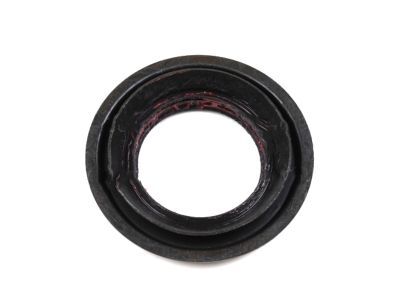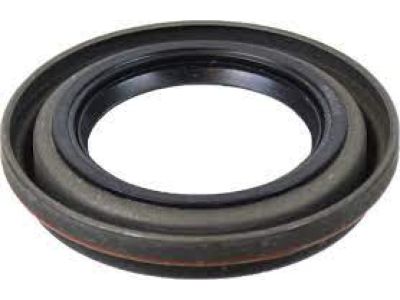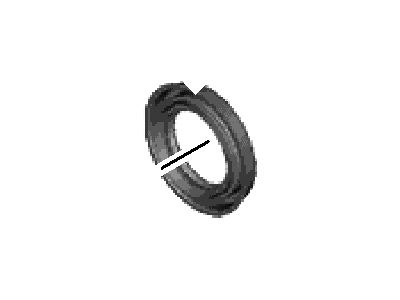

My Garage
My Account
Cart
Genuine Ford Fusion Differential Seal
- Select Vehicle by Model
- Select Vehicle by VIN
Select Vehicle by Model
orMake
Model
Year
Select Vehicle by VIN
For the most accurate results, select vehicle by your VIN (Vehicle Identification Number).
3 Differential Seals found
Ford Fusion Seal Assembly - Oil
Part Number: 8G1Z-4N046-A$21.95 MSRP: $32.08You Save: $10.13 (32%)Ships in 1-2 Business DaysFord Fusion Seal Assembly - Oil
Part Number: 3L8Z-4N046-AA$21.95 MSRP: $32.08You Save: $10.13 (32%)Ships in 1-2 Business DaysFord Fusion Seal Assembly - Oil
Part Number: CV6Z-4676-A$15.80 MSRP: $22.50You Save: $6.70 (30%)Ships in 1-3 Business Days
Ford Fusion Differential Seal
We provide a wide range of Ford Fusion Differential Seal at the best prices possible. If you need Ford Fusion Differential Seal, you can shop with confidence on our website. All our OEM parts come with a manufacturer's warranty and are delivered to your door step with a fast delivery service.
Ford Fusion Differential Seal Parts Questions & Experts Answers
- Q: How do you replace the pinion seal on Ford Fusion?A:Loosen the wheel lug nuts, raise the rear of the vehicle, and support it securely on jackstands while blocking the opposite set of wheels to prevent rolling. Remove the wheels and disconnect the driveshaft from the differential companion flange, fastening it out of the way. Mark the relationship of the pinion flange to the shaft and count the number of exposed threads on the shaft. A flange holding tool is needed to keep the companion flange from moving while loosening the self-locking pinion nut, although a chain wrench can also be used. Remove the pinion nut and withdraw the flange, using a two-jaw puller if necessary, avoiding any prying or hammering behind the flange or on the end of the pinion shaft. Pry out and discard the old seal, then lubricate the lips of the new seal and fill the space between the seal lips with wheel bearing grease before tapping it evenly into position with a seal installation tool or a large socket, ensuring it enters the housing squarely and to its full depth. Install the pinion flange, aligning it with the marks, and if necessary, tighten the pinion nut to draw the flange into place without hammering. Finally, install a new pinion nut and tighten it to the specified torque, completing the installation in reverse order of removal.
Related Ford Fusion Parts
Browse by Year
2020 Differential Seal 2019 Differential Seal 2018 Differential Seal 2017 Differential Seal 2016 Differential Seal 2015 Differential Seal 2014 Differential Seal 2013 Differential Seal 2012 Differential Seal 2011 Differential Seal 2010 Differential Seal 2009 Differential Seal 2008 Differential Seal 2007 Differential Seal














